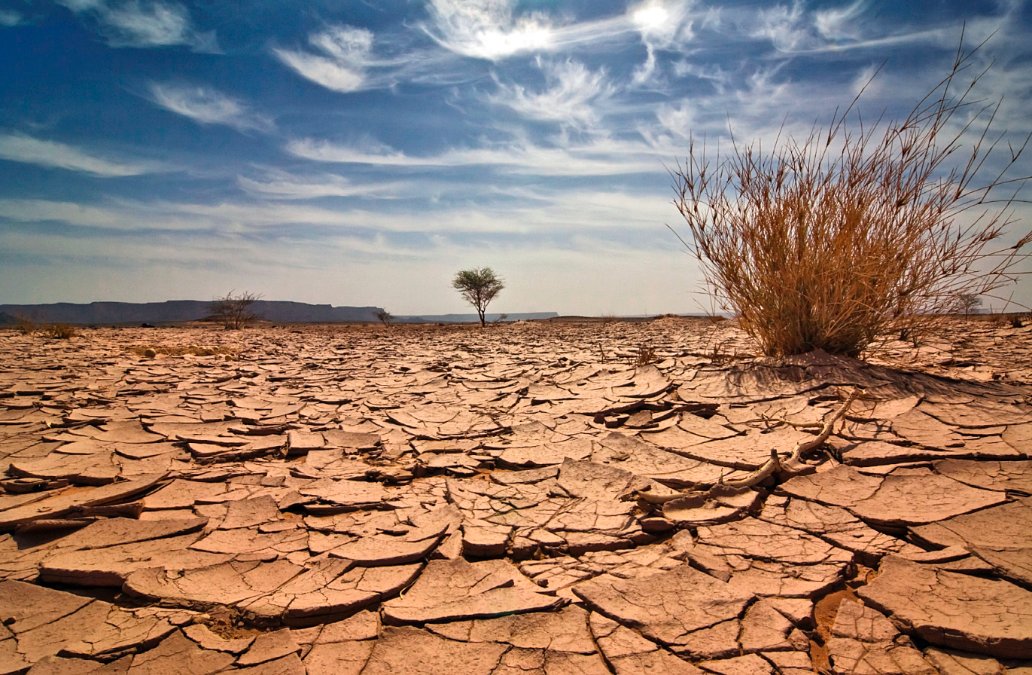

New Delhi: South Africa’s Cape Town is facing a drought so severe it would usually be expected only once every 384 years.
The army is on standby and the government has introduced several “demand management” techniques to further reduce usage. From pressure management (lowering consumption by reducing the rate and intensity at which water flows to taps) to high water-usage tariffs, each and every method is being deployed as the city of Cape Town faces Day Zero.
Three desalination plants are also under construction and they will add about 16 million litres of water per day into the system by May.
Cape Town is South Africa’s second-largest city and a top international tourist destination. And now, the locals and the visitors have to follow a strict routine to conserve water.
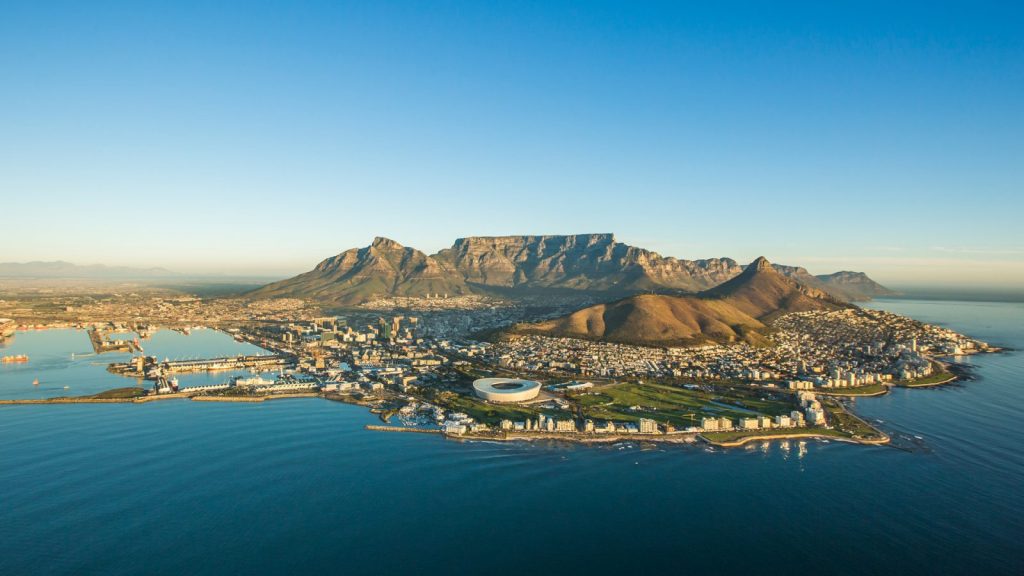
They’re recycling bath water to help flush toilets, buying hand sanitizers and are taking two minute showers.
So what brought the city to its knees— bad management, lack of foresight to invest in new technology or a combination of both?
To make the city more resilient to climate change, the government was planning to diversify the water supply with boreholes and desalination plants after 2020. But the climate moved faster, bringing a drought.
However, in a sign of relief for the city residents, South Africa’s weather service has forecast heavy rainfall – at least 15mm – in the drought-stricken province for Friday evening, which should push Day Zero further out.
Fighting water scarcity
Apocalyptic and post-apocalyptic fiction and cinema have presented a very horrific picture of a post-apocalyptic earth when technological civilization is collapsing or has collapsed. The apocalypse event may be climatic, such as runaway climate change; natural or man-made pandemic or resource depletion.
Water scarcity is the lack of sufficient available water resources to meet the demands of water usage within a region. It already affects every continent and around 2.8 billion people around the world at least one month out of every year. More than 1.2 billion people lack access to clean drinking water.
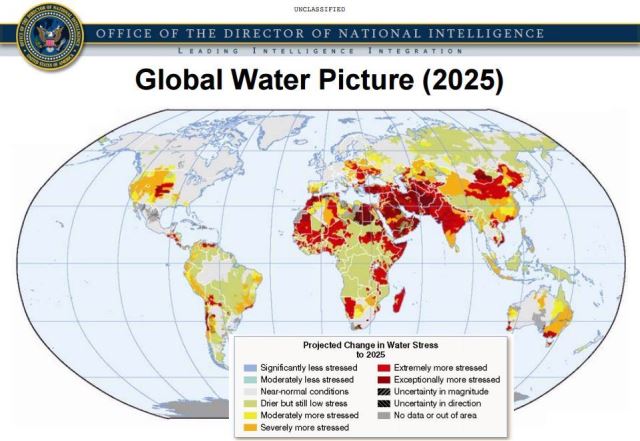
Scientists attribute water shortages to climate change, such as altered weather patterns including droughts or floods, increased pollution, and increased human demand and overuse of water.
In Gujarat
Gujarat is staring at an acute water crisis this summer allegedly due to it’s over dependence on the Narmada Dam to meet all its requirements.
Despite heavy rainfall last year, the state is set to face a severe water crisis because of the low water availability in Narmada dam — the main source of water in the State — due to deficient rainfall in the Narmada catchment area in Madhya Pradesh, according to a report published in The Hindu.
As a result, the State government has repeatedly announced that it will not supply water for irrigation. The entire stock will be reserved for drinking water in Saurashtra and North Gujarat regions, both water starved provinces and highly dependent on water from Narmada canals.
India uses more groundwater than China and the United States combined. The country’s water crisis is often attributed to lack of government planning, increased corporate privatization, industrial and human waste and government corruption. In addition, water scarcity in India is expected to worsen as the overall population is expected to increase to 1.6 billion by year 2050. To that end, global water scarcity is expected to become a leading cause of national political conflict in the future, and the prognosis for India is no different.
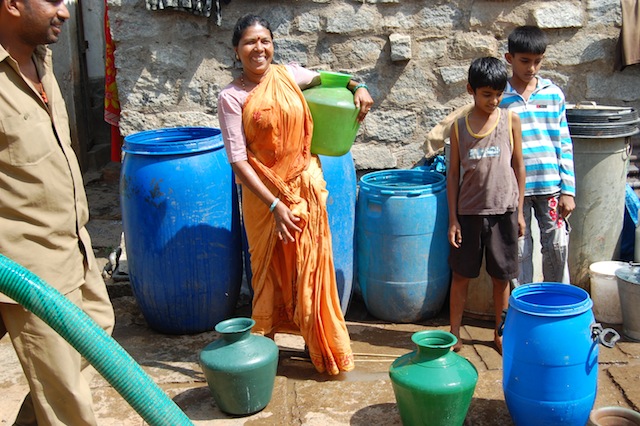
On a positive note, some regions of India have a relatively wet climate, even in the most arid regions. However, with no rain catchment programs in place, most of the water is displaced or dried up instead of used. In these areas, rain harvesting could be one solution for water collection which can be immediately used for agriculture and human consumption after filtration.
Israel’s Water Miracle
Israel is a world leader when it comes to water management. The country has a holistic, centralized water management system. But can Israel really help solve these problems at a global level?
The answer is yes.
According to Seth Siegel, author of the best-selling book “Let There Be Water”, “Israel should have been a water basket case.” Listing its problems he argues that 60 percent of the land is desert and the rest is arid. Rainfall has fallen to half its 1948 average, apparently thanks to climate change, and as global warming progresses, Israel and the whole Levant are expected to become even drier – and from 1948, Israel’s population has grown 10-fold. During that time, the country’s economy grew 70-fold. But instead of starting to waste water, as happens when a society becomes wealthier, it used its new affluence to implement the “the Israel model” of water management.
After the formation of Israel in 1948, Israeli leaders were forced to make almost immediate innovations to solve the water crisis. The nation employed scientists and engineers to design ways to reduce its demand for water, increase efficiency and create more usable water. In the span of a decade, Israel went from using no desalinated water to treating enough to make up 94 percent of household water use.
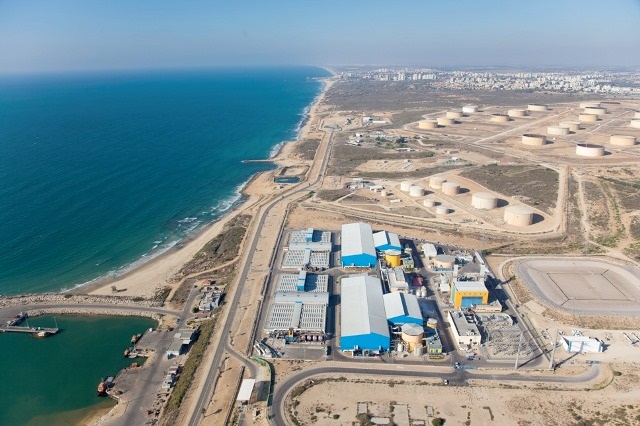
During PM Narendra Modi’s Israel visit in 2017, two MoU’s to resolve water management issues were signed between the Ministry of Drinking Water and Sanitation of India and the Ministry of National Infrastructure, Energy and Water Resources of the State of Israel on National Campaign for Water Conservation in India.
The MoU was also signed by U.P. Jal Nigam, Government of Uttar Pradesh, and the Ministry of National Infrastructure, Energy and Water Resources of the State of Israel on State Water Utility Reform in India.
At a time when many countries are facing drought and critical water shortages, Israel now recycles nearly 90 percent of its wastewater, around four times higher than any other country in the world, according to Israel’s Minister of Strategic Affairs and Public Diplomacy Gilad Erdan.
Israel has developed several systems to save water. The drip irrigation system, invented in Israel, that has become known world-wide, is responsible for 90 percent of agricultural irrigation.

India is already encouraging drip’s adoption through subsidies and the country needs to do a lot more to conserve this precious commodity.
Tel Aviv is also working on a master plan looking ahead 30 to 40 years, so that the country’s’ the Water Authority can provide enough water for a growing population.
Like gold and oil, water is a commodity – and it happens to be rather scarce. Rapid industrialization and increasing agricultural use have contributed to worldwide water shortages. Areas that have experienced water shortages include China, Egypt, India, Israel, Pakistan, Mexico, parts of Africa and the United States (Colorado, California, Las Vegas and the East Coast), to name but a few.
The water crisis in Cape Town is eye-opening, and an indication of the panic and also what lies ahead in the future.








